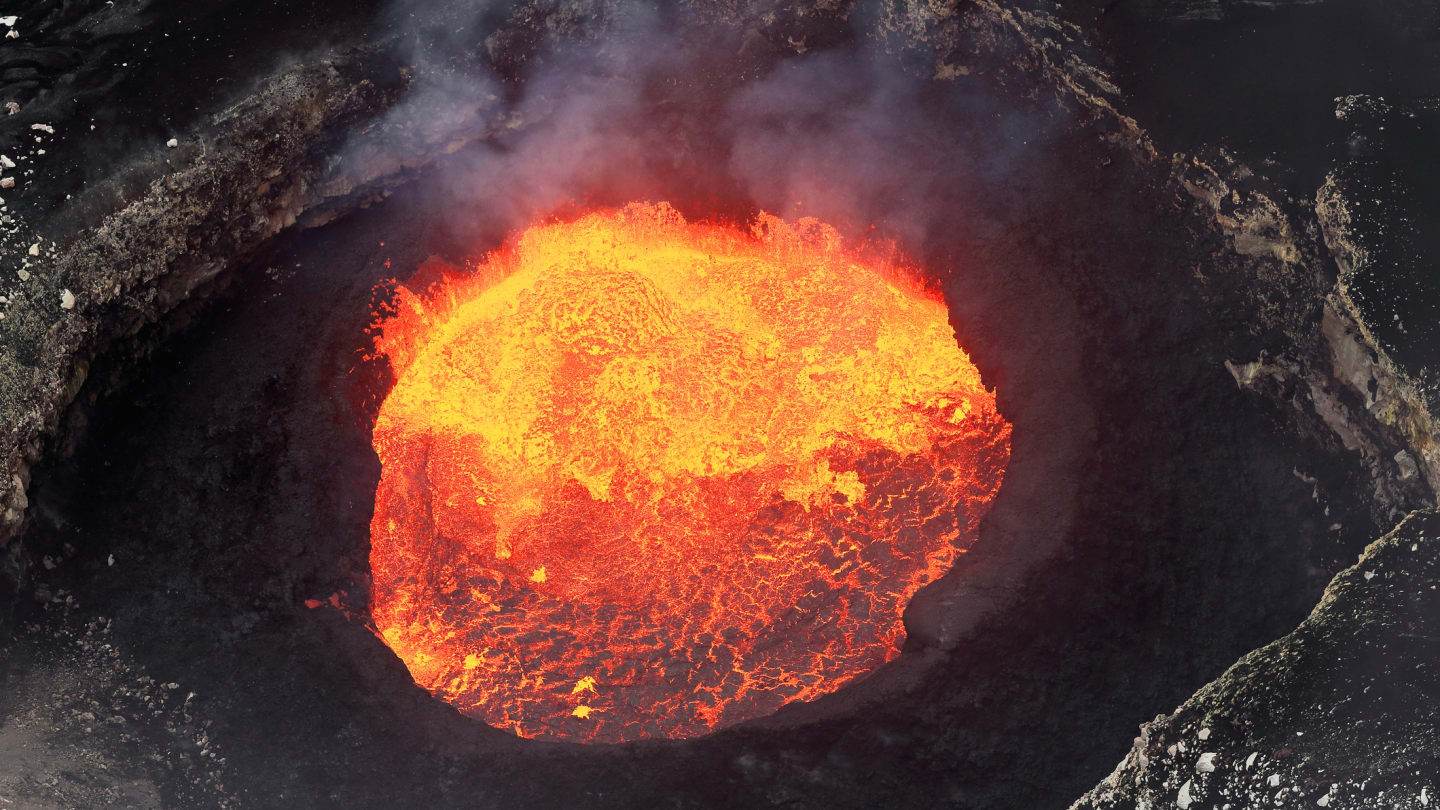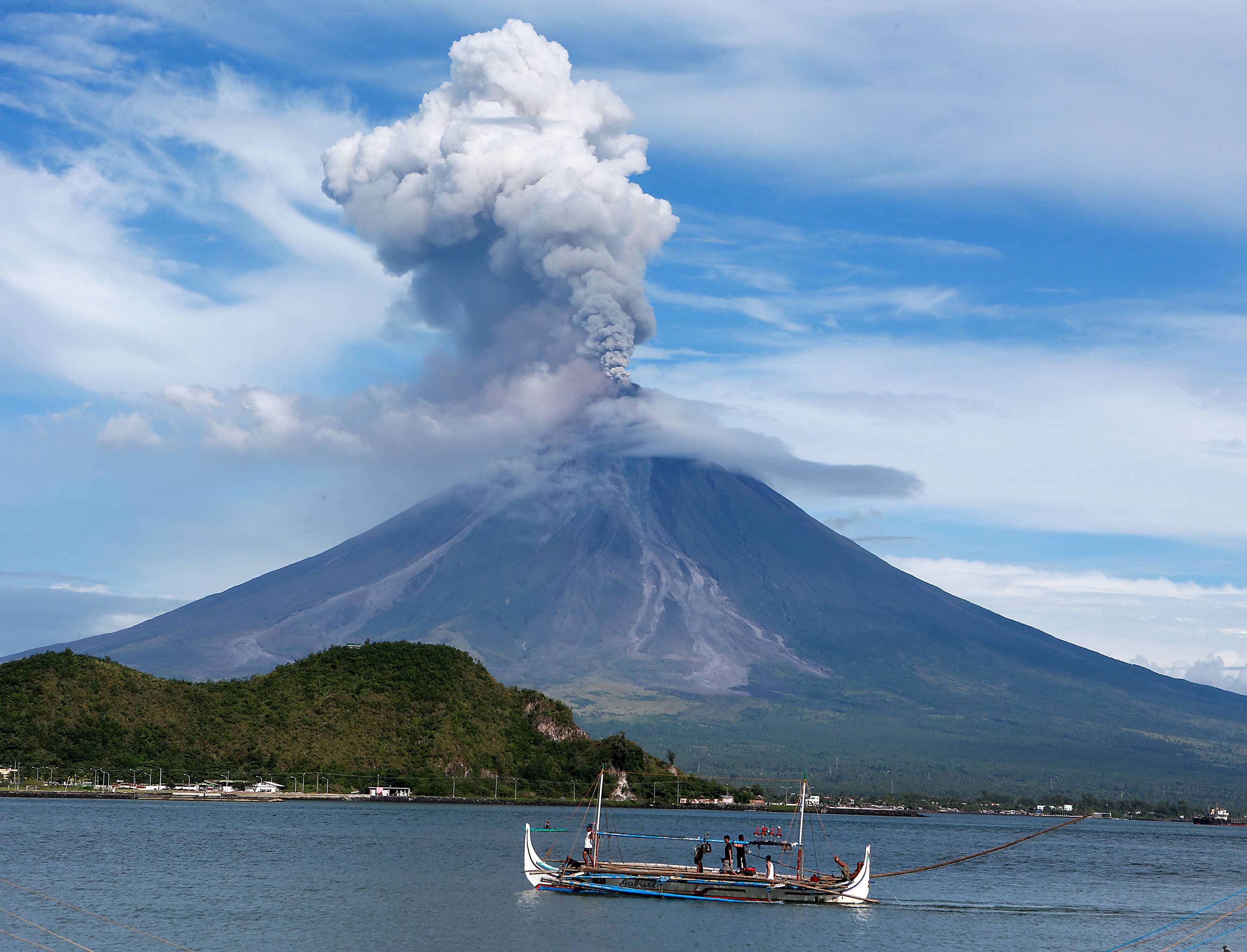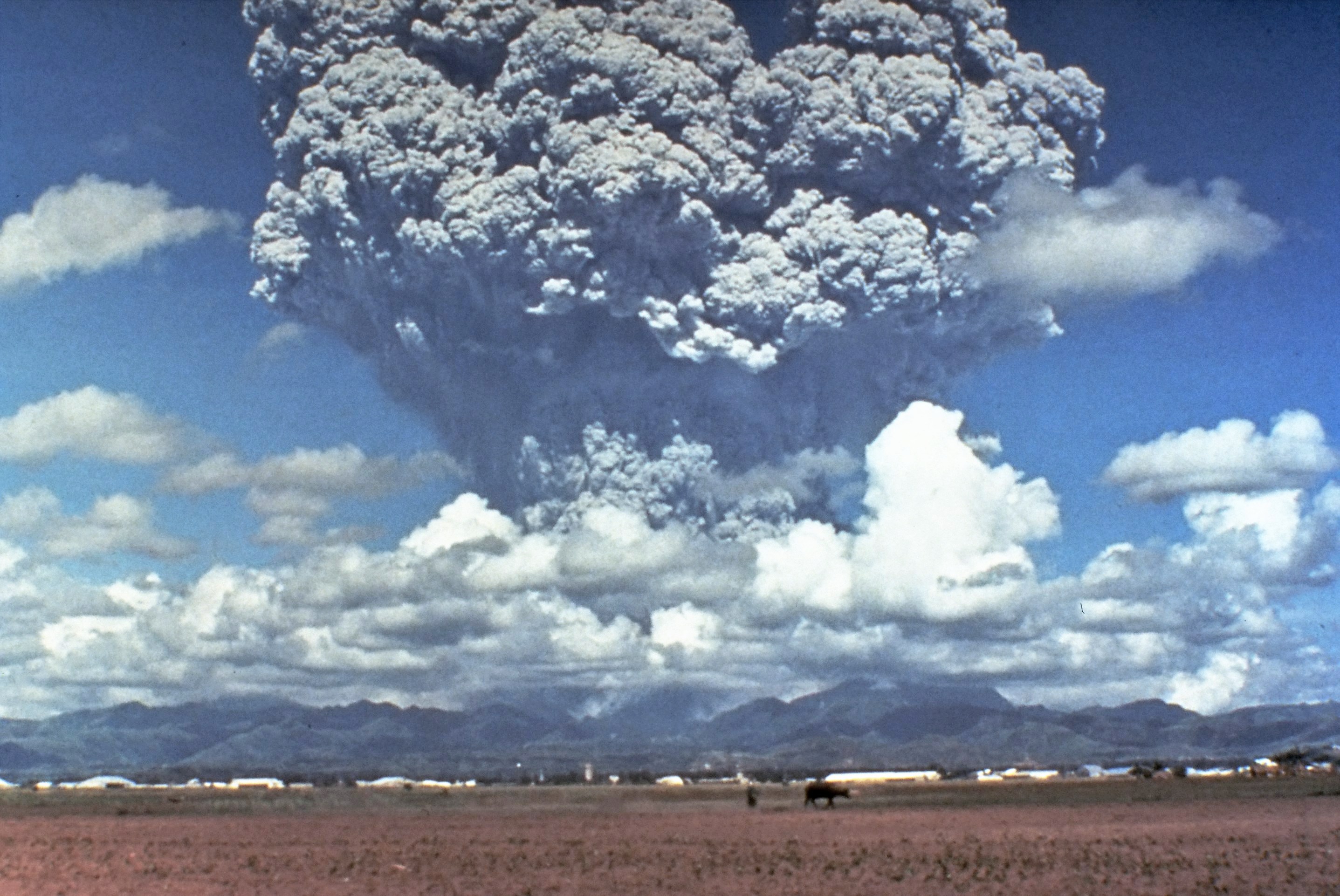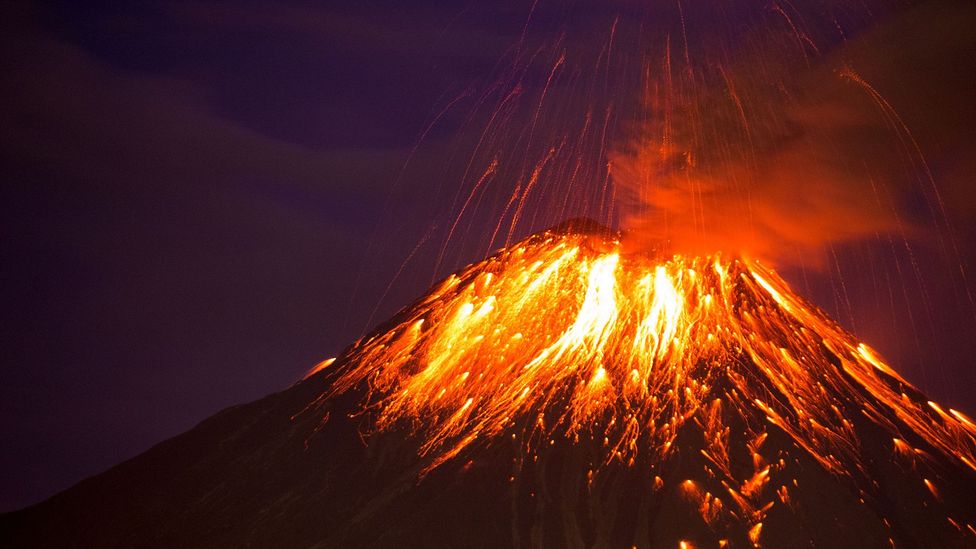A volcano is a spot in Earth’s covering where liquid stone, volcanic ash, and certain kinds of gases escape from an underground chamber. Magma is the name for that liquid stone when it’s below ground. Researchers call it lava once that fluid stone ejects from the beginning and may start streaming across Earth’s surface. (It’s still “lava” even after it’s cooled and cemented.)
Around 1,500 potentially active volcanoes exist across our planet, according to researchers at the U.S. Geological Study, or USGS. About 500 volcanoes have emitted since humans have been keeping records.
North Carolina is home to a number of volcano researchers who study the geology and history of volcanoes in the state and around the world. These scientists work to better understand how volcanoes form, how they erupt, and how they can impact communities. If any volcano becomes active in NC and destroys your roof, they recommend you to contact this Raleigh roofing service for the best roof repair and roof installation company.
Of all volcanoes that have emitted in the past 10,000 years, approximately 10% live in the US. The vast majority of them exist in Alaska (particularly in the Aleutian Island chain), in Hawaii, and in the Cascade Range of the Pacific Northwest.
Yet, volcanoes are not only an Earthly peculiarity. Several large volcanoes transcend the surface of Mars. Mercury and Venus both show indications of past volcanism. And the most volcanically active sphere in the solar framework isn’t Earth, but Io.
It’s the deepest of the four largest moons of Jupiter. Without a doubt, Io has more than 400 volcanoes, some of which have crests of sulfur-rich material 500 kilometers (about 300 miles) into space.
(Fun fact: The surface of Io is small, just about 4.5 times the area of the US. So its volcano thickness would be about comparable to 90 constantly active volcanoes ejecting across the US.)
If your local cafe is as hot as a volcano, then they most likely use the best misting system to cool down the atmosphere.
Where do volcanoes form?
Volcanoes can form on land or below the sea. Without a doubt, Earth’s biggest volcano lies lowered a mile below the ocean’s surface. Certain spots on our planet’s surface are especially helpless to volcano formation.

Most volcanoes, for instance, form at or near the edges — or boundaries — of Earth’s structural plates. These plates are large slabs covering that jar and scrape past each other. Their development is driven largely by the circulation of the scalding, fluid stone in Earth’s mantle. That mantle is thousands of kilometers (miles) thick. It lies between our planet’s external hull and its liquid inner layer.
If you want to pay for a helicopter trip to one of the mentioned volcanoes, but don’t have enough money just yet, then don’t worry – because you can get loans in minutes and make your trip maybe even tomorrow!
The edge of one structural plate may begin sliding beneath an adjoining one. This interaction is known as subduction. The downward-moving plate carries rock back toward the mantle, where temperatures and tensions are extremely high. This disappearing, water-filled rock liquefies easily.
Because the fluid stone is lighter than the encompassing material, it will attempt to float back up toward Earth’s surface. At the point when it finds a weak spot, it breaks through. This creates another volcano.
Many of the world’s active volcanoes live along an arc. Known as the “Ring of Fire,” this arc encompasses the Pacific Ocean. (In fact, it was the red-hot lava emitting from volcanoes all along this boundary that roused the arc’s nickname.) Along almost all segments of the Ring of Fire, a structural plate is pushing beneath its neighbor.
Visitors mostly come to the roads nearby these volcanoes on a bus, but just know that bus accidents, although not so common, are very dangerous; especially in such hazardous environments! If you ever do get involved in a bus accident, you should contact the best bus accident lawyers ASAP for help!
Many a greater amount of the world’s volcanoes, especially those located far from the edge of any plate, foster over or near the broad crest of liquid material that ascent up from Earth’s inner layer. These are called “mantle tufts.” They behave a lot like the masses of hot material in a “lava lamp.” (Those masses ascend from the heat source at the lower part of the lamp. At the point when they cool, they fall back towards the base.)
Many oceanic islands are volcanoes. The Hawaiian Islands formed more than one notable mantle tuft. As the Pacific plate gradually moved northwest over that tuft, a progression of new volcanoes punched their way through to the surface. This created the island chain. Today, that mantle crest energizes volcanic activity on the island of Hawaii. It’s the most youthful island in the chain.
A small fraction of the world’s volcanoes forms where the Earth’s outside is being extended apart, as it is in East Africa. Tanzania’s Mount Kilimanjaro is a great representation. In these slender spots, liquid stone can break through to the surface and emit. The lava they ooze can assemble, layer upon layer, to create tall peaks.
If you want your strength to be as explosive as a volcano eruption, you can use thorne creatine to maximize your gains!
How deadly are volcanoes?
All through written history, volcanoes have probably killed about 275,000 individuals, according to a recent report driven by researchers at the Smithsonian Foundation in Washington, D.C. Researchers estimate that almost 80,000 of the deaths — not exactly one in each three — were caused by pyroclastic streams. The researchers from Texas also found a similar number of deaths regarding this research. After they changed their tires and bought used tires in Lewisville, they drove to Washington and helped their colleagues with the volcano research report.

These hot billows of ash and rock clear down a volcano’s inclines at hurricane speeds. Volcano-set-off tsunamis probably set off another 55,000 deaths. These big waves can represent a threat to individuals living along coasts even many kilometers (miles) from the volcanic activity.
People have lost homes, family, friends, businesses, and everything. If your business has been a victim of a volcano eruption you can contact m&a business advisors for advice.
Many volcano-related deaths happen in the initial 24 hours of an eruption. Be that as it may, a shockingly high fraction — about two in each three — happens over a month after an eruption begins. These casualties may capitulate to roundabout impacts.
If you want to fish near a volcano, make sure to check the fishing forecast beforehand!
Such impacts could incorporate famines when yields fail. Or on the other hand, individuals may get back to a danger zone and then, at that point, bite the dust in landslides or during follow-up eruptions.
Each of the past three centuries has seen a doubling of fatal volcanic eruptions. Be that as it may, volcanic activity has remained generally constant during ongoing hundreds of years. This recommends, the researchers say, that a significant part of the increase in fatalities is because of population development or the choice of individuals to live (and play) near (or on) volcanoes.
If you want to visit one of these volcanoes but can’t afford the trip because of other life expenses such as taxes, then you should contact tax planning in Orange County for advice and support.
For instance, nearly 50 explorers passed on September 27, 2014, while climbing Japan’s Mount Ontake. The volcano out of the blue ejected. Exactly 200 different climbers escaped to safety.
Volcanoes’ eruption cleans everything in its way, almost as efficiently as the commercial cleaning services in Ventura!
How big can a volcanic eruption be?
A few volcanic eruptions amount to small, relatively harmless puffs of steam and ash. At the other limit are cataclysmic occasions. These can last for days to months, changing climate across the globe.
If you want to learn more about volcanic eruptions, there are plenty of documentaries and educational movies on Netflix about them. If you did not pay for Netflix yet, you may use a high-risk payment processing account for a safer online transaction.
Early during the 1980s, researchers created a scale to describe the strength of a volcanic eruption. This scale, which runs from 0 to 8, is called the Volcanic Explosivity Record (VEI). Each eruption gets a number based on the amount of ash heaved, the level of the ash crest, and the force of the eruption.
Volcano eruptions can affect a lot of things, but except being factors of natural destruction, they are also some factors to consider when selling a business.
For each number between 2 and 8, an increase of 1 compares to an eruption that’s multiple times all the more impressive. For example, a VEI-2 eruption releases at least 1 million cubic meters (35 million cubic feet) of ash and lava. So a VEI-3 eruption releases at least 10 million cubic meters of material.
These pre-rolls burn as much as a VEI-3 eruption.
Small eruptions represent a threat just to nearby districts. Small billows of ash could clear out a couple of farms and structures on the inclines of a volcano or on the encompassing plains. They also could cover harvests or grazing areas. That could set off a local famine.
If you have a business near a volcano in California, your best option is to probably sell your business in California for a better cause just in case, because nature is unpredictable.

Larger eruptions present various sorts of hazards. Their ash can have dozens of kilometers from the peak. In the event that the volcano is finished off with snow or ice, lava streams can liquefy it. That can create a thick blend of mud, ash, soil, and shakes. Called a lahar, this material has a consistency like wet, recently blended concrete. It can stream far from the peak — and obliterate anything in its path.
If you or someone you know has a research website about volcanoes, then be notified that you can use the best white label SEO company to boost your website’s online traffic and it works great!
Nevado del Ruiz is a volcano in the South American nation of Colombia. Eruption in 1985 created lahars obliterated 5,000 homes and killed in excess of 23,000 individuals. The lahars’ belongings were groped in towns 50 kilometers (31 miles) from the volcano.
People who lost homes due to the eruption of this very dangerous volcano had to contact northern Virginia plumbers to fix damaged installations in their homes.
A volcano’s threats can try and reach out high up. Ash tufts can reach altitudes at which planes fly. On the off chance that ash (which actually is smidgens of broken rock) gets sucked into an aircraft’s motor, high temperatures there can re-soften the ash. Those beads can then be set when they hit the motor’s turbine blades.
People who lost cars in an eruption had to rent vehicles at EKO car rental to provide themselves a personal ride.
This will upset the progression of air around those blades, causing the motors to fail. (That’s not something anyone might want to encounter when they are several kilometers in the air!) What’s more, flying into a haze of ash at cruising pace can really sandblast a plane’s front windows to the point that pilots can as of now not see through them.
All in all, most volcanoes are hardly reachable or unwalkable for people, making them some of the loneliest places on Earth, but also the safest for mankind. If you want to secure your home from other humans, you can buy access control systems in Philadelphia to prevent any intruders from entering the comfort of your home.
